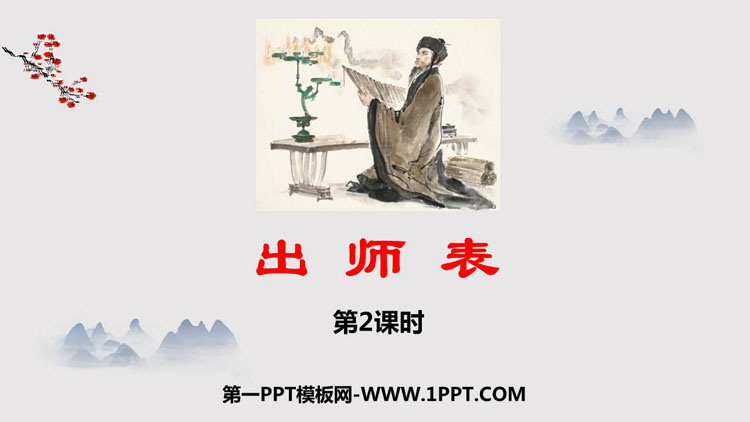教学设计 Lesson 1 教学设计
Lesson 1 教学设计 (教师用书)
GREETING
Welcome your CLAss to a new session of English lessons. Today's lesson is about greetings, introductions, and making new friends -- things to say when you meet someone new. Begin today's lesson by introducing yourself to the CLAss:
[Teacher] Good morning/afternoon, CLAss.
My name is Miss/Mrs. /Ms. /Mr. __
Every lesson in this level of Learning English will begin with a brief standard greeting to orient students. Review this greeting so the CLAss knows how to respond. The standard phrases for greeting your CLAss in this level are:
[Teacher] Good morning/afternoon, CLAss.
[Class] Good morning/afternoon, Miss/Mrs. /Ms. /Mr. __
Introduce today's lesson by telling the CLAss "Today we are going to learn about making new friends."
LET'S LOOK AT OUR BOOKS
Say "Let's look at our books" as you hold up your copy of the student book, open to the correct lesson. In this teacher's guide, we call this procedure the "standard command." It cues students to open their student books to the lesson for the day. Walk around the CLAssroom to make sure everyone can see the right page.
Have students look at the pictures on the pages for today's lesson. What do students think is happening
Does anyone remember how to ask someone's name in English What do you say to tell your own name
TEACHING TIP
Praise your volunteers
When asking for a response from your students, ask for volunteers. Don't call on individual students. You should never force children to speak. If you force young children to speak before they are ready, they may become worried and unable to learn well.
Give lots of praise to students who take the risk to volunteer. The more praise and encouragement you give to these students, the more volunteers you'll get next time.
Say "listen" and point to your ears. This is the standard command to cue students to listen to the audiotape. Play the audiotape.
The audiotape will repeat each sentence. Ask the students to listen the first time, then say the words along with the audiotape the second time.
The audiotape says:
[Danny] Hi! Hi!
[Wang Lingling] Hello! Hello!
[Danny] My name is Danny. What's your name
My name is Danny. What's your name
[Wang Lingling] My name is Wang Lingling. My name is Wang Lingling.
[Danny] Nice to meet you! Nice to meet you!
[Wang Lingling] Nice to meet you! Nice to meet you!
Today Danny made a new friend. Ask if anyone in the CLAss met someone new on the first day of school this year. What do you say in English when you meet someone new (Nice to meet you!)
TEACHING TIP
Connect ideas to "me"
When you teach with the student book, try to help your students "personalize" the ideas on the page. Help them find correspondences between the concepts on the page and themselves. Young children are very "me" centred. If you give them a way to connect ideas to themselves, you give them a way to learn.
Draw students' attention to the pictures on page 3. What gesture do English-speaking people use when meeting someone new (They shake hands.) Ask for a volunteer to shake hands with you.
If you have any students in your clAss who are new to the school, ask them to stand up and introduce themselves by saying "My name is __" Have the clAss respond by saying "Nice to meet you!" If you wish, ask one or two students who sit nearby the new student to demonstrate the gesture of shaking hands.
ACTIVITY: PLAY A GAME
Game: Stop! Go!
This is an action game about phrases of introduction.
When you say "Go!" students are to walk quickly through the clAssroom, looking down at the floor. When you say "Stop!" they look up and pair up with the student standing closest to them.
Those two students shake hands and introduce themselves, using the vocabulary from today's lesson as much as possible. For example, the exchange could be:
Student 1: Hello! My name is. What's your name
Student 2: My name is. Nice to meet you!
Student 1: Nice to meet you!
When you say "Go!" again, the students immediately begin walking through the clAssroom again.
If your clAss is very large, you might wish to call a group of ten or so students to the front of the clAss to demonstrate the game. Then give another group a chance to play. 共2页,当前第1页12
扫描二维码推送至手机访问。
版权声明:本文由第一范文|第一PPT|免费作文|免费PPT课件下载发布,如需转载请注明出处。










